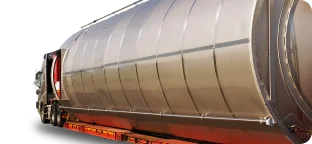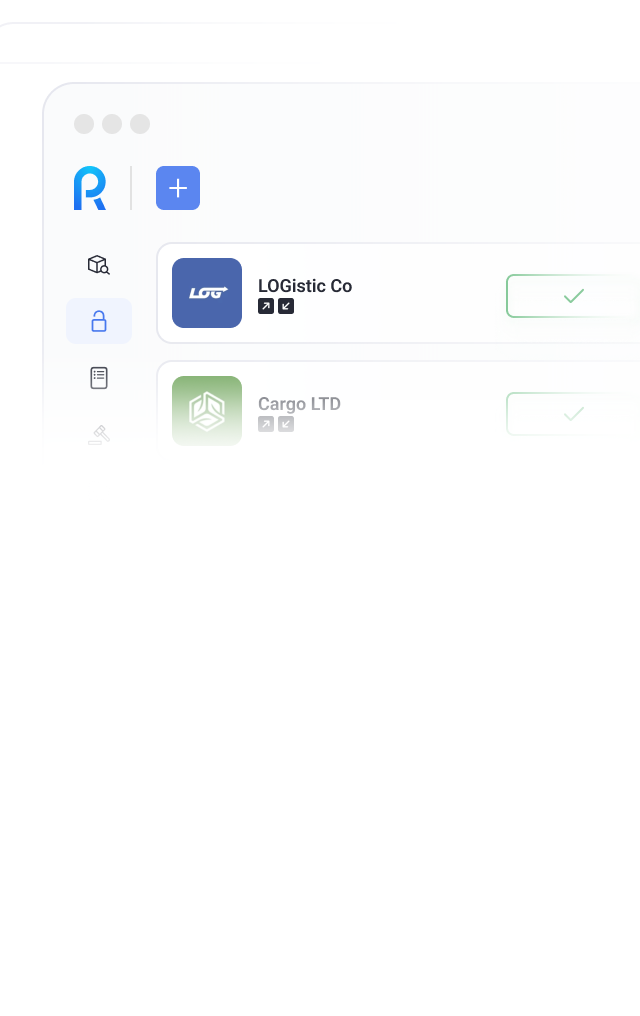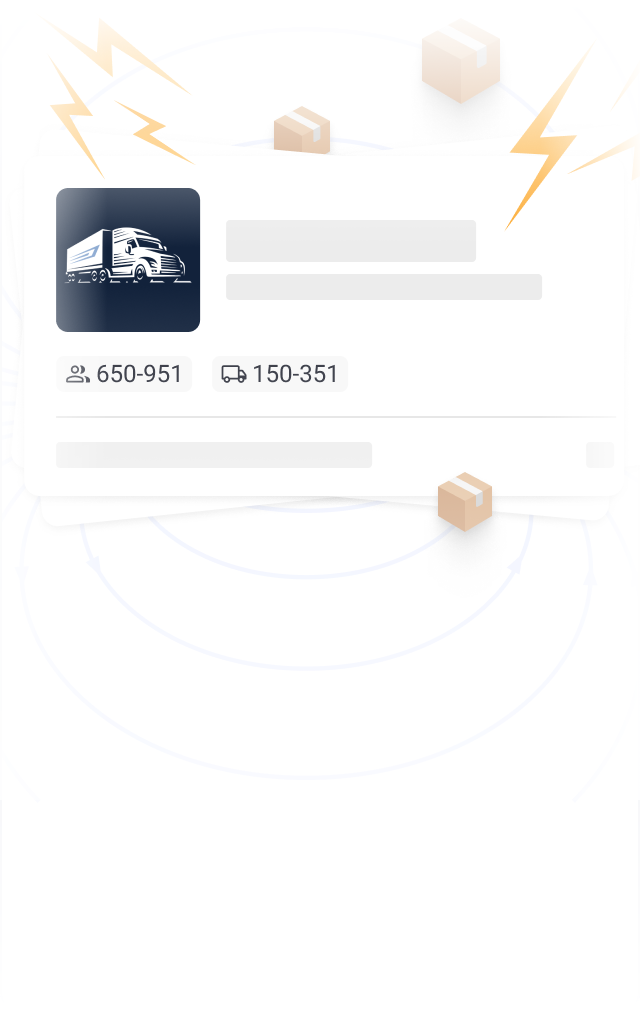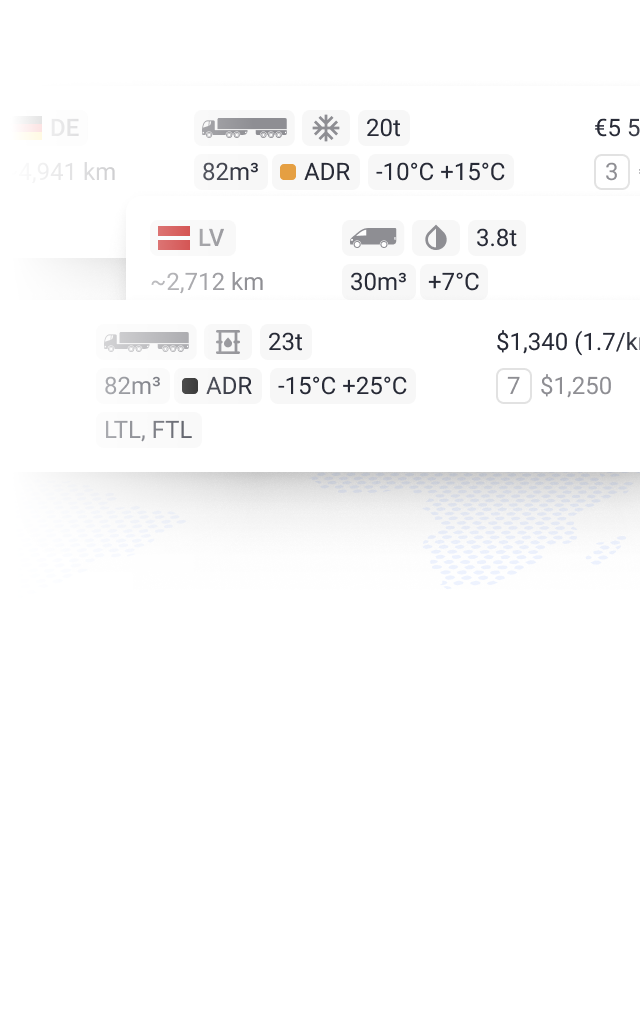
Transportation of Oversized and Heavy Cargoes



















A non-standard (oversized) cargo is defined as any shipment whose dimensions and weight exceed the maximum allowable parameters set by regulatory documents. In such cases, regular transportation methods are not suitable, and special permits as well as specialized equipment are required for the transportation of oversized goods.
For example, in maritime shipping, instead of standard containers, specialized models are used:
- OpenTop — a structure with a removable top for vertical loading;
- Platform — open platforms without side walls or a roof, designed for carrying machinery, concrete blocks, and various types of long items;
- Flat Rack — an open platform with end walls (either fixed or foldable).
For road transport, semi-trailer tractors — heavy-duty low loaders, trailers (such as ManTgs, IvecoStralis, etc.) — are often utilized to handle oversized and heavy cargo.
The term "oversized cargo" is used informally by transportation companies but has become a common concept in logistics terminology to describe objects that fall into the following categories:
- Large-sized. At least one dimension of the cargo — length, width, or height — exceeds allowable limits.
- Heavyweight. The weight of the object surpasses the maximum permitted load for the platform or axle.
- Oversized by length. Structures that extend beyond the standard length limits.
- Combined. Cargo parameters exceed allowable limits in multiple aspects (both weight and dimensions).
The following maximum dimensions apply to vehicles carrying cargo:
- width — 2.55 meters;
- height — 4.0 meters from the road surface;
- length — 12 meters for a single truck and 20 meters for a tractor-trailer combination.
The maximum weight is specified in Appendix No. 2 of Government Decree No. 2200. For example, a four-axle vehicle cannot weigh more than 32 tons, while a semi-trailer or trailer combination with the same number of axles is limited to 40 tons.
The permissible load per axle depends on the number of axles and the distance between them, as well as the load-bearing capacity of the road surface along the route.
A long-item cargo is defined as any load that extends beyond the edge of the body by 2 meters or more.
Cargo is classified as oversized if it cannot be divided into smaller components, such as:
- boats, yachts, and other watercraft;
- agricultural machinery;
- bridge sections and other construction elements;
- project-specific metal structures;
- drilling equipment.
For the transportation of oversized cargo, the following methods are used:
- Tractor-trailers with low-bed trailers. These allow for taller goods than standard platforms. Trailers come in various configurations, such as single-level, stepped, or extended models.
- Self-propelled modular transporters (SPMTs). Used for transporting exceptionally large oversized cargo. Multiple transporters can be combined into one unit, for example, to deliver a bridge section.
- Railroad flatcars. Sturdy constructions without sides and with high load capacity. Ramps are installed to facilitate loading of equipment. In rail transport, cargo is considered oversized if its height exceeds 5.3 meters above the top of the rail or its width is more than 3.25 meters.
- Cargo airplanes. Equipped with rear ramps for easier loading, with load capacities reaching up to 120 tons (e.g., An-124). Aircraft are used for long-distance oversized cargo transportation.
- Ships and barges. Super-heavy dry cargo vessels equipped with cranes capable of lifting up to 1,400 tons. To ensure ship stability during loading and unloading, ballast tanks are filled with water, and pontoons weighing up to 100 tons may be attached.
- Ropax ships — specialized maritime vessels equipped with cranes, ramps, lifts, and conveyors for handling oversized cargo.
Air transport is the most expensive option for oversized cargo, so road and sea transport are typically used more frequently.
The transportation of oversized cargo is carried out according to a special set of regulations, which includes the following steps:
- Obtaining a permit. For road transport of oversized cargo, approval from Rosavtodor is required. The application must include a route plan and a description of safety measures.
- Route inspection. Before the shipment, the company analyzes the chosen path for potential obstacles, such as low bridges and pipelines, sharp turns, or narrow sections. Solutions for safely navigating these challenges are developed.
- Coordination with local authorities. This is necessary for transporting exceptionally large and heavy structures.
- Escort organization. The need for escort vehicles is determined by the State Traffic Safety Inspectorate (GIBDD). For tractor-trailers longer than 24 meters or wider than 3.5 meters, this is mandatory.
- Use of hydraulic platforms. These are used to lift power lines, traffic lights, road signs, and advertising banners to allow passage for vehicles carrying particularly tall cargo.
- Marking. Vehicles are equipped with warning signs, including flashing beacons, lights, reflectors, and reflective signs.
Road transportation of oversized cargo is permitted at speeds not exceeding 60 km/h. On bridge structures, the speed limit is reduced to 15 km/h. Unescorted vehicles can only pass through populated areas at night. If part of the route goes through a private road, the transportation company compensates the owner.
A route movement organization project is required in the following cases:
- the length of the vehicle exceeds 35 meters;
- the width exceeds 5 meters;
- the remaining lane for oncoming traffic is no more than 3 meters wide.
The cost of transporting oversized cargo depends on the following factors:
- the dimensions and weight of the object;
- its value;
- the duration and complexity of the route;
- the type of specialized transport required;
- the need for escort vehicles;
- the scope of safety measures;
- the number of necessary documents;
- delivery deadlines;
- weather conditions.
Additionally, the tariff for oversized cargo transportation is influenced by fees for using road infrastructure.
Before starting your search for a transportation company specializing in oversized cargo, measure the weight and dimensions of your item. This will help you determine if it exceeds standard limits and allow you to choose the optimal vehicle and logistics solution.
When selecting a carrier, consider the following factors:
- Specialization in oversized cargo transport. If a company frequently handles non-standard goods, it will be better equipped to ensure safe delivery and compliance with legal requirements.
- Reputation. Review feedback from other shippers about the company.
- Permit acquisition. Confirm with the manager whether their firm can obtain all necessary permits. This is crucial for transporting oversized cargo through areas with special regulations.
- Proposed route. Companies plan oversized cargo routes differently. Ensure the suggested route accounts for road restrictions and potential risks.
- Availability of specialized equipment. Verify that the carrier has functional technical means suitable for transporting oversized cargo similar to yours.
- Safety protocols. Review the company’s history of incidents and instructions for securing cargo. This information will help assess their ability to organize safe transportation.
- Insurance. Reputable transportation companies insure the items entrusted to them. Ensure the insurance coverage compensates for all your losses in case of an accident.
- Cost estimate. Request a detailed calculation of service costs. Compare price offers from several companies to choose the most cost-effective option.
- Hidden fees. Carefully review the agreement for any charges not included in the estimate, such as fuel surcharges or escort vehicle fees.
- Effective communication. Ensure the manager responsible for oversized cargo is always available. This is essential for coordinating logistics and quickly resolving any issues that arise.
By choosing a company based on these criteria, you can be confident in the quality of service. Even for complex oversized cargo, the delivery will proceed swiftly and without complications.
A transportation and forwarding company specializing in oversized, large-scale, and heavyweight cargo can easily be found in the Roolz directory. Add your company, find a reliable logistics partner, and conveniently organize freight transportation on the Roolz platform!
What is oversized cargo?
A non-standard (oversized) cargo is defined as any shipment whose dimensions and weight exceed the maximum allowable parameters set by regulatory documents. In such cases, regular transportation methods are not suitable, and special permits as well as specialized equipment are required for the transportation of oversized goods.
For example, in maritime shipping, instead of standard containers, specialized models are used:
- OpenTop — a structure with a removable top for vertical loading;
- Platform — open platforms without side walls or a roof, designed for carrying machinery, concrete blocks, and various types of long items;
- Flat Rack — an open platform with end walls (either fixed or foldable).
For road transport, semi-trailer tractors — heavy-duty low loaders, trailers (such as ManTgs, IvecoStralis, etc.) — are often utilized to handle oversized and heavy cargo.




Add your company


 en
en fr
fr de
de hi
hi pl
pl es
es tr
tr uk
uk